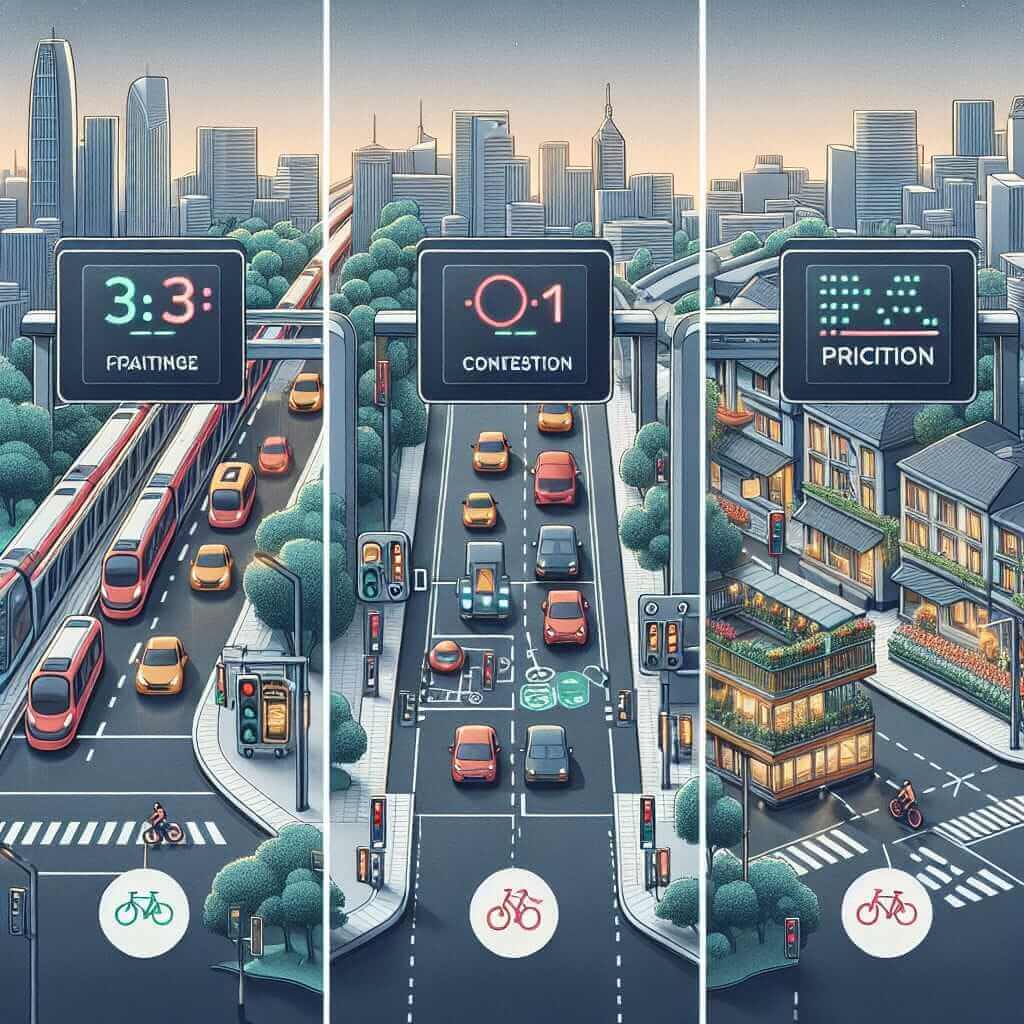As an experienced IELTS instructor who has assessed countless speaking tests, I understand the importance of tackling challenging questions effectively. One such question that often arises in IELTS Speaking Part 3 is, “What are some solutions to these challenges?”. This question can be daunting, but with the right approach and practice, you can confidently deliver insightful and high-scoring responses.
Understanding the Question’s Purpose
The examiner asks this question to assess your ability to:
- Analyze problems: Can you identify and understand the core issues presented?
- Think critically: Can you go beyond simply stating problems and delve into potential solutions?
- Generate ideas: Can you propose realistic and relevant solutions to the challenges discussed?
- Express yourself coherently: Can you articulate your ideas in a clear, logical, and organized manner?
Crafting Effective Responses
Here’s a step-by-step approach to help you structure your answers:
1. Acknowledge the Challenge
Briefly acknowledge the challenge you’re addressing. This demonstrates that you’ve been actively listening and understand the context of the question.
Example:
Examiner: “What are some solutions to the growing problem of traffic congestion in cities?”
You: “Traffic congestion is certainly a pressing issue in many urban areas…”
2. Propose Solutions (Ideally 2-3)
Offer two to three well-thought-out solutions. Avoid generic or superficial answers. Instead, aim for specific, practical, and relevant suggestions.
Example:
- “One effective solution could be investing in and expanding public transportation networks. This could involve creating more efficient bus routes, expanding metro lines, and even introducing light rail systems.”
- “Another approach could be implementing congestion pricing during peak hours. By charging vehicles entering the city center during rush hour, we can discourage unnecessary car trips and encourage people to consider alternative transportation methods or travel outside peak times.”
3. Explain and Elaborate
Don’t just list solutions; explain how they address the challenge and why you think they would be effective. Provide specific details, examples, or evidence to support your claims.
Example:
- “Investing in public transportation not only provides commuters with viable alternatives to driving but also helps reduce the number of cars on the road, alleviating traffic congestion. For instance, cities like London and Singapore have seen significant improvements in traffic flow after expanding their public transport infrastructure.”
- “Congestion pricing has been successfully implemented in cities like Stockholm and London. By charging drivers a fee to enter designated zones during peak hours, these cities have witnessed a reduction in traffic volume and improved air quality.”
4. Consider Different Perspectives
If time permits, briefly acknowledge potential drawbacks or limitations of your proposed solutions. This shows a nuanced understanding of the issue and adds a layer of critical thinking to your response.
Example:
“Of course, implementing congestion pricing might not be popular with everyone. Some people may argue that it unfairly penalizes those who rely on their cars. However, by offering subsidies for public transportation or providing incentives for electric vehicles, we can mitigate these concerns and ensure a smoother transition.”

Illustrative Example from IELTS Speaking Part 3
Examiner: “We’ve been discussing the challenges of preserving cultural heritage sites. What are some solutions to protect these important places?”
Candidate: “Yes, protecting cultural heritage sites is crucial for maintaining our history and identity. One solution is to invest in regular maintenance and restoration work. This prevents further deterioration and ensures that these sites remain structurally sound for future generations. Additionally, raising public awareness through educational campaigns, museum exhibits, and guided tours can foster a sense of appreciation and responsibility among local communities. People are more likely to protect what they value and understand. Of course, funding for these initiatives can be challenging, but by seeking partnerships with international organizations and private donors, we can secure the necessary resources.”
Analysis:
This candidate provides a well-structured response. They begin by acknowledging the importance of preserving cultural heritage. Then, they offer two concrete solutions: regular maintenance and raising public awareness. For each solution, they explain why it’s effective and provide supporting details. Finally, they acknowledge a potential challenge (funding) but offer a way to overcome it.
Tips for Success
- Stay informed: Regularly read about current affairs and global issues to broaden your knowledge and develop informed opinions.
- Practice brainstorming: Set aside time to practice brainstorming solutions to various challenges. Think about economic, social, environmental, and technological perspectives.
- Use linking words: Use cohesive devices like “firstly,” “moreover,” “in addition,” “however,” and “on the other hand” to connect your ideas and create a smooth flow.
- Record yourself: Practice answering IELTS Speaking Part 3 questions aloud and record yourself. This helps identify areas for improvement in your fluency, vocabulary, and pronunciation.
Conclusion
Successfully answering “What are some solutions to these challenges?” requires a combination of critical thinking, clear communication, and relevant vocabulary. By following the strategies outlined in this guide and dedicating time to practice, you’ll be well-prepared to impress the examiner and achieve your desired IELTS score.